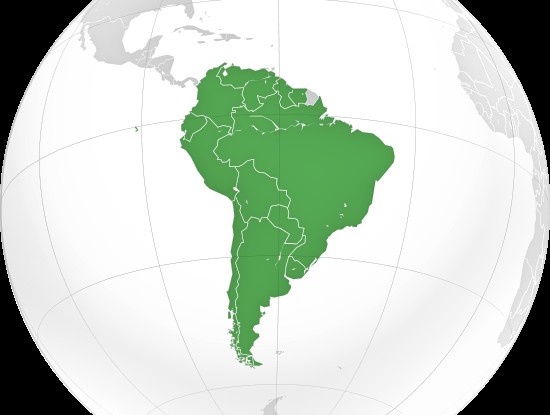
Subsidized by Mother Nature, society has consumed, for various reasons and over centuries, vast amounts of timber extracted from primary tropical forests. The trees were not planted nor tended. And usually, companies just rented the much needed forestland from the government, at low prices over long periods of time.
Yet this natural capital is drying up.
On average, only around half of the timber volumes extracted from a never-logged forest will be available for following harvests—which are spaced decades apart if sustainability is a concern.
In the meantime, tropical deforestation continues unabated and unsustainable logging practices persist. Not surprisingly, a recent analysis suggests that global timber supplies from tropical forests started to decline as early as 1989.
Concurrently, tree plantations for fuelwood, pulp, and timber take an increasingly large share of the land cover of many countries; timber from tree plantations is estimated to supply about one third of global industrial demand and this proportion is projected to rise.
Nature’s bounty no more. Companies need to purchase land, build tree nurseries, fertilize, maintain firebreaks, and sometimes build their own sawmills.
KEY MESSAGES FOR LATIN AMERICA
Although many more trees per unit of land can be sold, compared to timber extracted selectively from primary forests, investment decisions for establishing large scale tree plantations need careful scrutiny.
By focusing on key Latin American countries where plantation forestry is already common, a recent study identified the main advantages and constraints for planted forest investment, the extent to which political and institutional factors affect these investments, and how land prices and investment risk shape such decisions.
By applying different but complementary metrics for gauging investment performance by using data from 2005 to 2011, the study sends a few key messages.
Excluding land costs, net financial returns on investment in almost all of South America exceeded 10 percent – which applies to investors who bought cheap land decades ago.
If new land is to be purchased, and taking into account environmental regulations which leave otherwise productive land unavailable, returns are lower yet still potentially attractive.
These calculations are based on the planting eucalypts and pines, by far the preferred species for large scale plantings.
The study further outlines that Chile and Mexico showed the lowest macroeconomic risk for forestry investment, based on existing policies and government regulations, and quality of the business environment, while Argentina and Venezuela ranked the opposite.
Brazil had the best timber markets, but had a difficult ease of business and environmental regulation rankings.
Uruguay and Colombia showed good business and environmental conditions, and both still seek new investments.
Land near established timber markets is scarce, however, and is the limiting factor in many countries. Cheaper land may be purchased and used for tree plantations, but buyers must hope the forest estate attracts new processing capacity.
The authors conclude that when compared to traditional financial assets, returns on investment from planted forests still looked competitive in the Latin American region.
NEW SOURCE OF FINANCE
Not surprisingly, international investments into plantation forestry have emerged as a new source of financing in developing and emerging countries.
They add up to an estimated US $80 billion globally, and heavily focused on Latin America according to a report by the World Bank´s Program on Forests (PROFOR) released last year. About 78 percent (18.7 million hectares) of the total area of commercial tree plantations in Latin America are privately owned, although concentrated in a handful of countries.
The PROFOR report concludes that foreign direct investment is rapidly shifting from developed to developing countries.
Although this could be applauded as a promising trend, the report further mentions that major information gaps exist on costs of forestry infrastructure development, wood processing and financial flows in both domestic and global timber markets which include most of the Latin American countries examined in the study.
This adds uncertainty to the potential profitability of future tree planting investments and also increases up-front costs for investment project development.
Investor confidence thrives on reliable information.
If governments expect the private sector to play a significant role in Latin America by investing responsibly in the forestry sector, the information base and the quality of relevant data needs to be strengthened.
Manuel Guariguata a principal scientist at CIFOR. Manuel can be contacted at m.guariguata@cgiar.org
We want you to share Forests News content, which is licensed under Creative Commons Attribution-NonCommercial-ShareAlike 4.0 International (CC BY-NC-SA 4.0). This means you are free to redistribute our material for non-commercial purposes. All we ask is that you give Forests News appropriate credit and link to the original Forests News content, indicate if changes were made, and distribute your contributions under the same Creative Commons license. You must notify Forests News if you repost, reprint or reuse our materials by contacting forestsnews@cifor-icraf.org.
